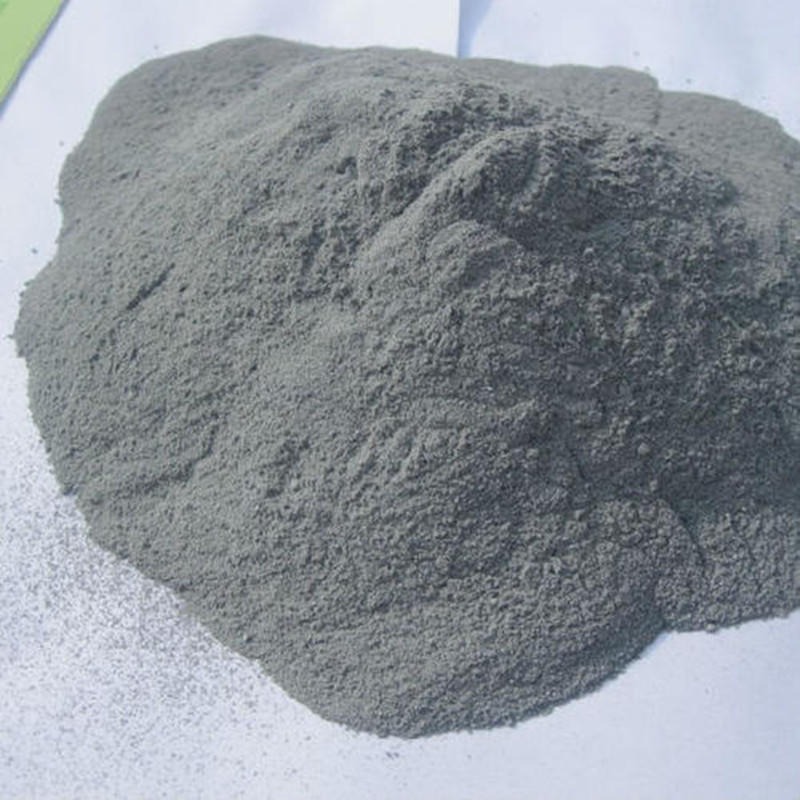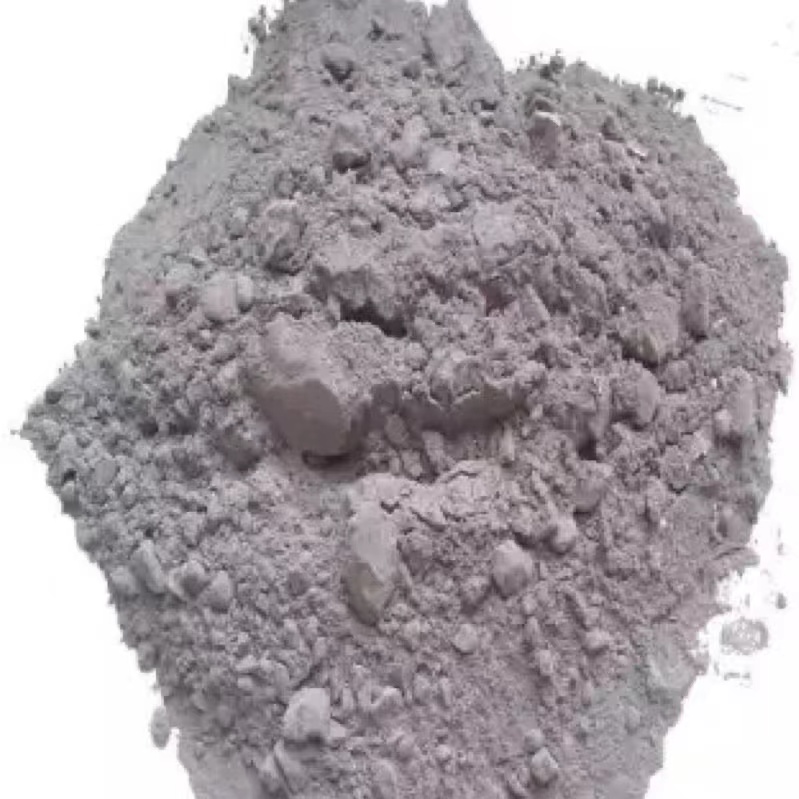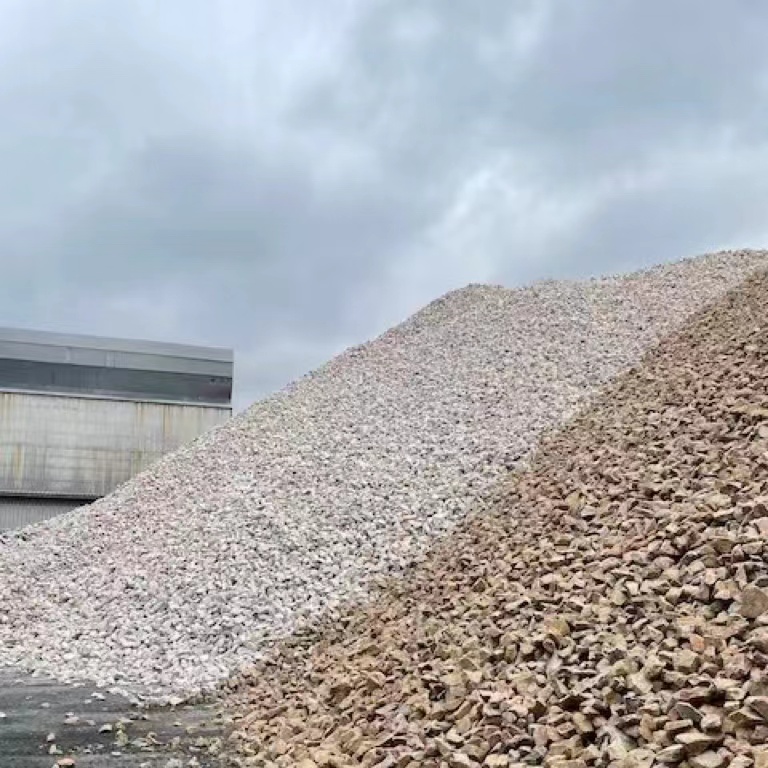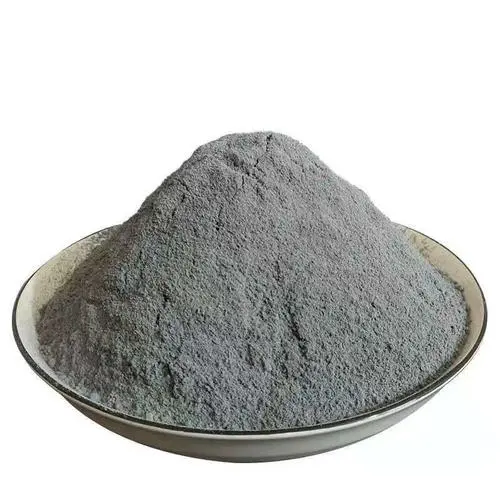Product Details
Silica fume: basic chemistry and multiple advantages
Silica fume is a co-product of silicon or ferrosilicon production, consisting of ultrafine (sub-micron), amorphous, non-porous, perfectly spherical silicon dioxide (SiO2) particles, with purity levels of 85 to 99 %. The main effect of these ultra-fine particles is to greatly improve particle packing and produce a highly pozzolanic reaction in concrete and other cementitious bond systems where the silicon dioxide reacts with calcium hydroxide, heightening performance levels and the strength and durability of these materials. Additionally, silica fume, because of its amorphous (non-crystalline) structure and its specific area, provides other useful features to various applications, including improved sintering capabilities and enhanced high temperature performance of refractory castables, resulting in reactions between microsilica and other components of the refractory mix.
To summarize, silica fume has two key features which alone or in combination are the basis for its high performance:
- The nano-sized spherical non-porous particles create an efficient “filler effect”
- Primary particles have an average diameter of about 0.15 μm (150 nanometers)
- Microsilica is a highly reactive form of silica producing a “chemical effect”
- Thanks to its amorphous nature and high specific surface area.
A review of some leading products and applications in different industries
Applications are very numerous, including uses in construction, well drilling & cementing, refractories, polymers, etc. This versatility also explains why silica fume is referred to by different names in different industries, such as condensed silica fume or microsilica, the latter used, for example, in High-Performance Materials (HPM) in the construction and refractory industries.
It is a highly active, amorphous SiO 2 spherical particle, with a particle size of 1/100 of the cement particles, which can be filled between the cement particles. At the same time, it can also react with the hydration products to generate a gel, and can also react with materials with alkaline substances to generate a gel. The application of silica fume in concrete: The modification mechanism and function of silica fume can be well filled in the voids of cement particles after being added to cement concrete, making the slurry more dense. In addition, it combines with free Ca (OH) 2 to form a stable calcium silicate hydrate, 2CaO SiO 2nH2O, whose gel strength is higher than that of Ca (OH) 2 crystal.






